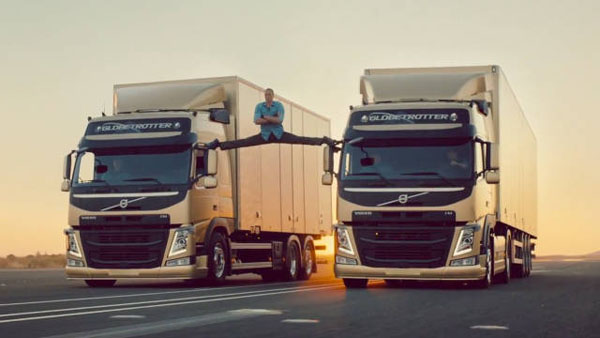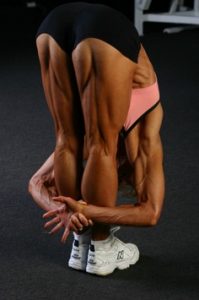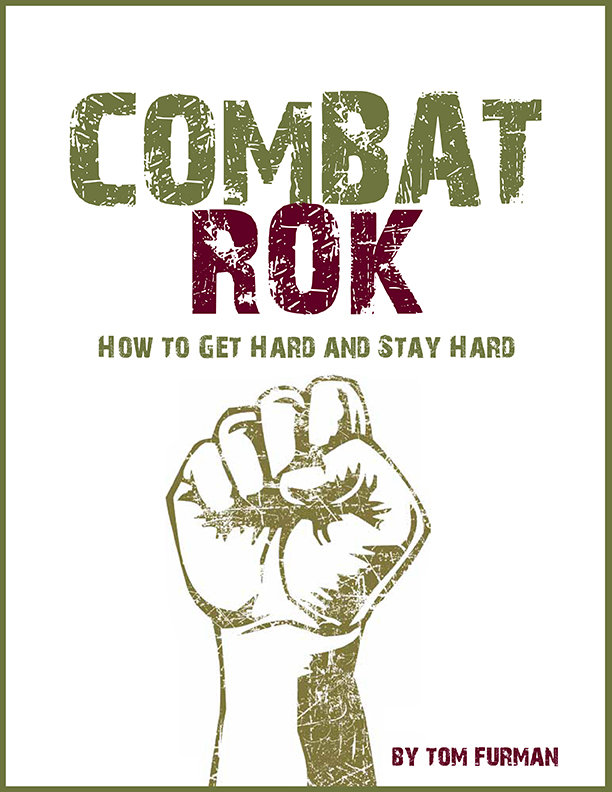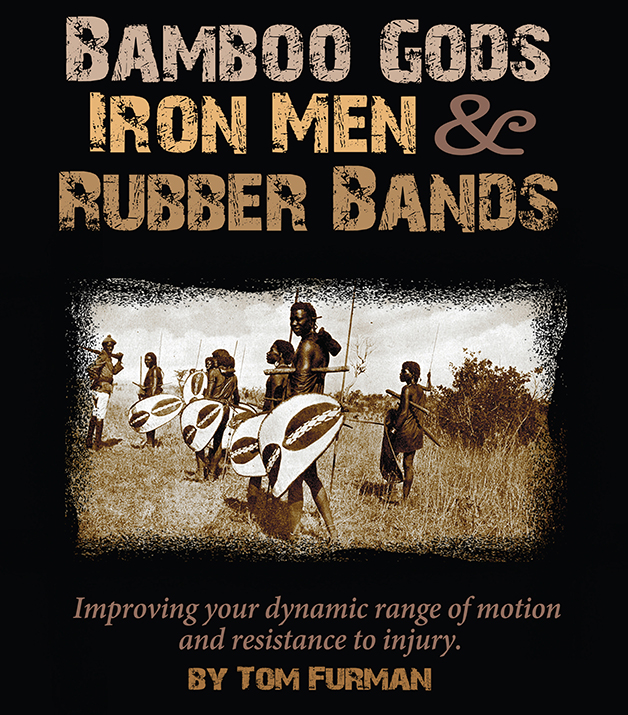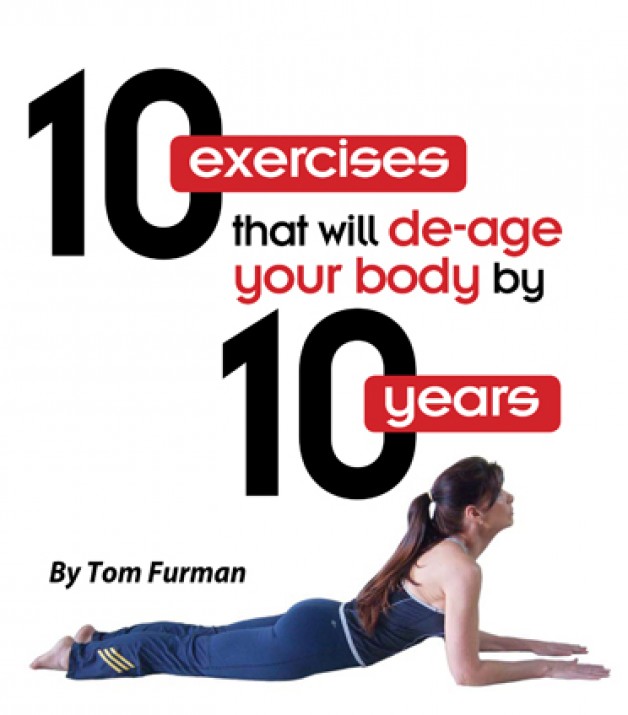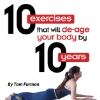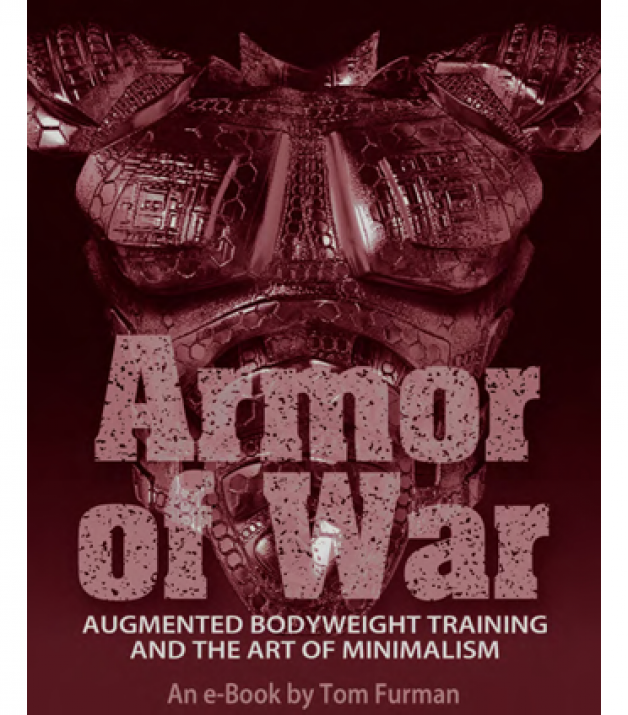Flexibility is one of the three pillars of fitness. The other two being strength and endurance. Flexibility however is a rather interesting leg of the stool. There are whole schools of stretching methodology, which would include Yoga and dance styles like ballet that express themselves profoundly in this area. There are papers in abundance on PubMed, books, articles, podcasts, Youtube videos and workshops devoted to stretching or increasing flexibility. There is evidence for stretching, evidence against and evidence that it is neutral.
Rather than debate the evidence or SCREAM about the anecdotes, I’ll give my opinion. Your flexibility or range of motion should allow you to do what you want to do. If that means work in a lab to invent the next great vaccine, or to dance the ballet, “Prodigal Son”, then you are doing it right. Don’t tell people that they, “have to stretch” to be at some weird biomarker of fitness or health. The same is true of posture. Some world class athletes look like crap, but move like magic. There are people hunched over like Charles Laughton with gas cramps yet they feel no discomfort or pain. There are heavily muscled athletes with impressive alignment who can’t stand on concrete for any amount of time without physical discomfort.
My fundamental belief is a few comments from, oddly enough, Dr. Ellington Darden, years ago. Basically that the range of motion around a joint must be supported by muscular strength through that range of motion. If you can move the limb into a position where the muscles are not strong, the responsibility of maintaining joint integrity is shifted to the ligaments, which are not meant to be stretched. Any reduction in the joint’s stability may present itself in injury, pain or loss of function. Hence the idea of Nautilus Machines at that time frame. [the 70’s]. As you became stronger, the weight increased and pulled you a bit more into a stretched position. Therefore your joints developed a more applicable range of motion. Active flexibility vs passive flexibility. The exercises recommended by Dr. Darden at that time, [my memory for odd stuff like this is amazingly quite clear] was –
- Full Range Leg Press
- Hip and Back
- Adductor
- Pullover
- Arm Cross
- Neck and Shoulder [shrug machine]
- Dip
- Stiff Legged Deadlift on Multi Machine
- Hanging Leg Raise
- Neck Machine
- Bicep
- Tricep
The machines, at that time, had a lot of friction, so movements were not always smooth. This improved as mechanical technology and feedback from the field presented itself.
Many of these machines are no longer produced or available. Machines today don’t match the same purpose of helping active flexibility. That leaves body weight drills, resistive stretching, [with bands or facilitated with a partner], or strength drills which require a greater range of motion.
Many people will gasp and say, “Well what about YOGA??” I agree that properly conducted and carefully taught, yoga can aid in a reduction of tension in tight areas and help stabilize weaker ones. The problem is the progression. The progression is not in strength, but in range of motion. The more dramatically contorted the posture, the more advanced you are. The second issue is the teachers. They have a saying that they never really follow based on the idea that there should be equal amounts of spinal flexion as there is spinal extension. Nothing could be further from the truth. Almost 100% of yoga videos and classes start with the forward bend so the instructor can show you essentially how much more advanced they are than you are. It’s entirely ego driven. This is in a world where we spend a good portion of our time in flexion, seated, 10 to 12 hours per day in a car, watching the TV and in front of our computer. If anything yoga should be stressing spinal extension to offset the hours and hours and hours we spend bending the other way.
This is one drawback to yoga that disturbs me. Rather than address muscular weakness, cardiovascular shortcomings and lack of spinal extension, it tries to be a mystical catch all for some sort of spiritual fitness that is above standard athletic training. Just knock off a 45 minute class, spend money on the overpriced foods at Whole Foods, say “Namaste’ “, and you have it covered.
So getting back to my opinion, what guidelines would I suggest?
- If you have few injuries or don’t feel ‘restricted’ in what you do, you probably have enough flexibility.
- For spinal health I’d suggest as many or MORE spinal extension drills as spinal flexion drills. Some people should avoid spinal flexion entirely. It’s best you consult the research of Dr. Stu McGill.
- Time-Temperature-Tension are the three “T’s” of Stretching. Use them wisely.
- Stretching with resistance, so that you make strength gains in the extreme ranges of motion are probably a good bet.
- Facilitated stretching with a partner is best done with a trained professional, not some workout buddy.
- Training your nervous system to relax via waiting out the myotatic reflex, proprioceptive neuromuscular facilitation, reciprocal inhibition or Pavel’s ‘Pink Panther’ stretches are good tools because ultimately you are training your nervous system during stretching.
- Doing splits is not fitness. Fitness is fitness. It’s both general and specific. Just because a retired ballerina can still stretch further than a 25 year old football player it doesn’t mean she will excel at playing the offensive line.
- A simple rule is to “sigh” to release tension. The breathing mechanism is like a volume control for muscle tension. It’s simple.
- Don’t compare your body to anyone else’s. While we are not unique snowflakes created by angels,.. we are different.
- Best sources for flexibility? Pavel Tsatsouline, Thomas Kurz, Jon Engum and my video and ebook, “Activate”.
- Lastly, there is a belief that stretching a pumped up muscle after training helps relax the fascia allowing more muscle growth. This was delineated by John Parrillo, then later DoggCrapp training. I don’t know if this is measurable. A guess made by Lyle McDonald is that this prolonged stretch is just more “time under tension” and adds to the intensity of the muscle being worked. Basically a ‘heavy, loaded, eccentric’.
For resistive flexibility, look at some of the old Nautilus articles from the 70’s. Look also at Jumpstretch with Dick Hartzell.
So this article is my opinion only. I do like talking about and teaching this material. As for the photo below, it’s not really about exercise but it’s about flexibility and has a mild fetish quality to it.

